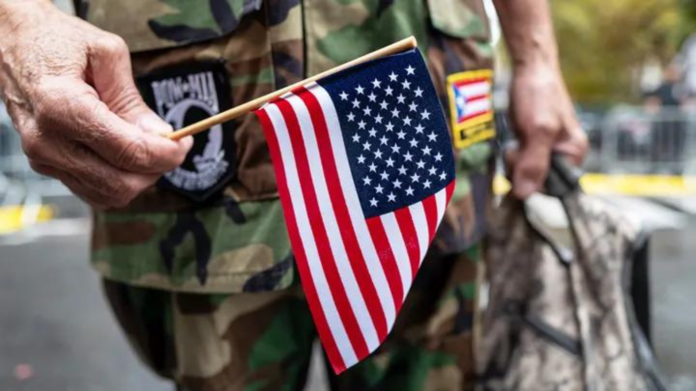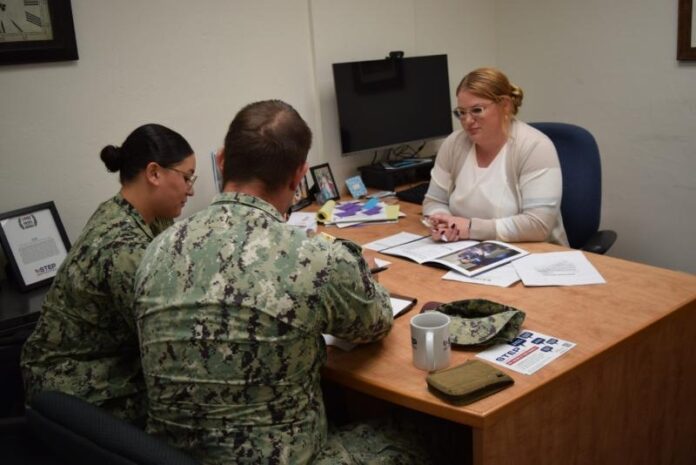Veterans play an important role in the US and often have unique psychological, financial, and physical needs when they are out of service. However, with more than 67% of veteran organizations getting $50k or less in donations yearly, nonprofit organizations supporting ex-service members require all the support they can get.
This is why, according to experts at Wounded Warrior Family Support, it is important to develop a great fundraising strategy. The strategy will help raise funds and address specific needs and challenges veterans face.
Understanding Fundraising Strategy
The success of a team depends on its capability to implement and develop effective tactics and strategies. It’s like playing chess, only that you might have more than two players on every side.
Finding a perfect fundraising strategy for your veteran nonprofit organization may seem difficult, especially if you are focusing on your everyday workload.
Best Practices to Raise Funds

We need a steady flow of funding to achieve the ambitious goals of our veteran’s charitable organizations and deepen their impact. A fundraising campaign plays an important role in generating the required support and resources to power our group’s mission.
With well-designed fundraising campaigns and the following best practices, our nonprofit organizations can motivate supporters to play an important role in its success and engage potential donors:
1. Consider Engraved Bricks
This is the best way to encourage more donations. A self-engraved brick is a unique take. For a predetermined gift amount, a donor may include their name or write the name of the ex-service member they want to appreciate or honor.
A nonprofit organization may opt to add those bricks to their groups or use them in art displays for their visitors to see. You can hold an engraved brick fundraiser for a long or short term, and it will be perfect for your nonprofit to improve its relationships with every donor.
2. Have a Good Marketing Plan
Marketing plans describe how we connect with our target audiences and notify them of different engagement opportunities. This encompasses recruiting several new supporters and staying in touch with all of them.
Pursuing multi-channel marketing strategies, such as communicating through direct mail, social media, and email, will enable you to expand your reach and even promote your group’s cause to a wider audience.

3. Use Matching Gifts
Matching gifts is simply a form of corporate giving, where organizations donate to similar causes their workers do. This may mean that if eligible donors give to our causes, their employers can match their gifts, thus earning more funding.
These gifts are important because they result in more donations. To start, you need to educate your donors or supporters about them and how they can apply for one. You can partner with the right matching software providers to speed up the entire process.
4. Opt for Peer-to-Peer Fundraising
This form of fundraising often reaches micro-levels. In peer-to-peer fundraising, we can empower our donors to serve as ambassadors for our organizations.
We can achieve this by providing our doors with tools and crafted messaging. With the right P2P software, our campaigns can be fun and easy. Here is how you can use the tool:
- Capitalize on publicity and existing hashtags.
- Plan treasure hunts and sell your tickets so that people may hunt for prizes.
- Launch P2P campaigns to celebrate anniversaries or birthdays.
- Run virtual events.
5. Work with Auctions & Raffles
Both auctions and raffles can bring in bigger donations. They often work for big and small events. For auctions, gather invaluable items, use both live and silent auction formats, and opt for online auctions to reach more donors.
For raffles, get items that local businesses donate. Then, sell tickets at reasonable prices and ensure you follow all the local rules and regulations about raffles.

6. Carry out an Assessment & Follow-up
Most organizations overlook key aspects of fundraising for nonprofits. Instead, they assess the fundraisers’ results once they’re over.
Using Outsourced CFO Services for nonprofits can help businesses manage any tax obligations and maximise their profits from fundraising.
A nonprofit organization may incorporate a successful fundraiser aspect into future campaigns. It may also assess its mistakes to improve its next campaigns or events.
In addition, as the organizer, you need to collect the support’s contact details. This will be helpful for future invitations or newsletters.
In conclusion, it is important to understand all the dynamics of fundraising in veteran nonprofit organizations. It helps achieve your group’s goals and mission. In addition, your nonprofit organization needs to balance its focus on different areas, including fostering a culture to improve effectiveness and leveraging technology. By doing that, you will ensure financial sustainability and maximize your group’s potential to make a huge difference in the military community it serves.







